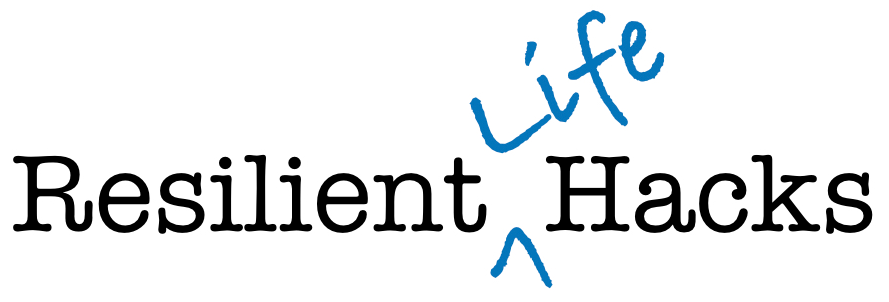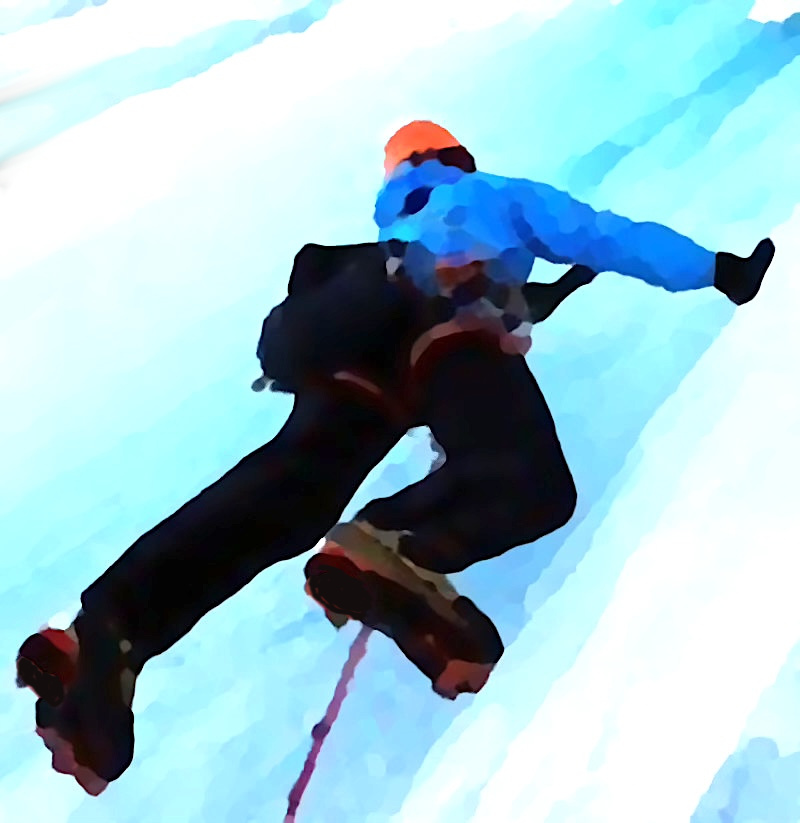Comprehensive--All Skills
1. Pretest
A general resilience test before you begin the learning and again sometime after you complete the learning can measure personal change. The Response to Stressful Experiences Scale is for adults and available through GSA. RSES PDF »
2. Background
Brief two minute overview, for adults, of why we need to be resilient and how we can become resilient.
Resilience: Why and How, Part 1 of 3. Video »
3. Learning
This Comprehensive option has you work with all five positive-coping skills. Watch each video for an overview and then use the skill flashcards to work the exercises. (3 to 4 hours).
Resilience: Why and How, Part 2 of 3. Brief video on learning the Belief skill and developing a social support system. (4 minutes) Video »
Belief flashcard. Skill exercises. More »
Persistence flashcard. Skill exercises. More »
Strength flashcard. Skill exercises. More »
Resilience: Why and How, Part 3 of 3. Brief video on learning the Trust skill with mention of the Persistence, Strength, and Adaptability skills. (4 minutes) Video »
Trust flashcard. Skill exercises. More »
Adaptability flashcard. Skill exercises. More »
Resilience Workbook. The first section of the workbook provides for a much more in depth look at all skills and exercises. Workbook PDF »
3. Posttest
The same general resilience test is used sometime after learning to measure personal change. What has the testing shown you about your resilience?
Supplement
The Resilience App can add to your learning experience following the training.

 The Basic Resilience Exercises can be used for training at an agency level and have been used in academy, POST, and on-going service training. The learning is group focused though, minimally, two people can do the training together, such as two first responders or a first responder and family member. Solitary learning is not encouraged simply because social support is key to resilience.
The Basic Resilience Exercises can be used for training at an agency level and have been used in academy, POST, and on-going service training. The learning is group focused though, minimally, two people can do the training together, such as two first responders or a first responder and family member. Solitary learning is not encouraged simply because social support is key to resilience.  A simple web-based application that parallels the five skills resilience, and further allows you to create your own resilience skills. The app permits exploration of a personal challenge using any of the skills. All data are stored locally on your computer or device.
A simple web-based application that parallels the five skills resilience, and further allows you to create your own resilience skills. The app permits exploration of a personal challenge using any of the skills. All data are stored locally on your computer or device.